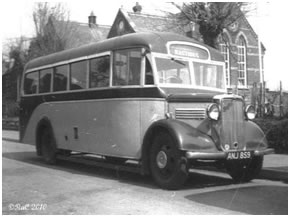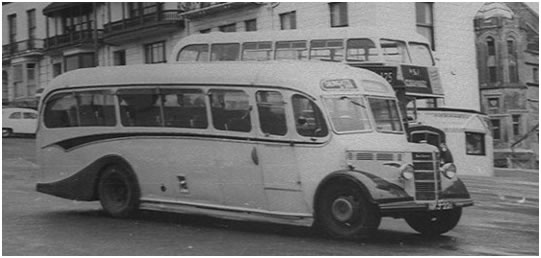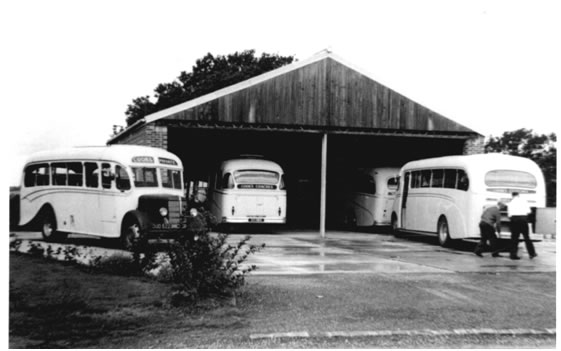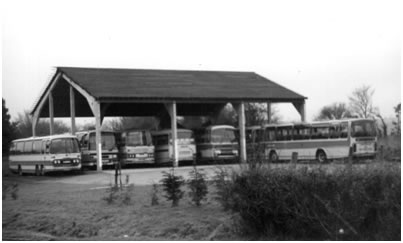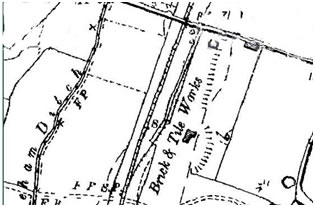Roads & Transport
|
Our Lanes of today were in previous times known by different names Roads were dusty and generally made of loose flints. Lay-bys existed in various parts of the Village - Wheel Lane, Doleham Lane and near Whitegates where lumps of flint were deposited. Men would be employed to sit and break this up into three cornered flints to make the road surface. They were called "STONETAPPERS". It was one of the lowest paid types of work - average earnings being 3s.0d. (15p) per day! |
On the road to Sedlescombe |
|
The following extracts from bequests in early Wills give indication that maintenance of the roads within the parish relied upon the generosity of individual residents: REPAIRS TO THE HIGHWAYS 1555 |
|
|
21 March 1555
|
"To the reparynge of the Hygh ways within the Paryshes of Westfield and Battell xs (10s)” - Robert Byrchet. |
|
19 April 1555 |
"I bequeth to the amendment of the hye wayes within the Paryshe of Westfield vjs viijd (6s.8d)” - Robert A'Wyk |
|
OVERSEERS OF THE HIGHWAYS, OR WAYWARDENS..... |
29 November 1894 |
|
With steam driven rollers came the introduction of tarmacadam as a suitable road surfacing material. |
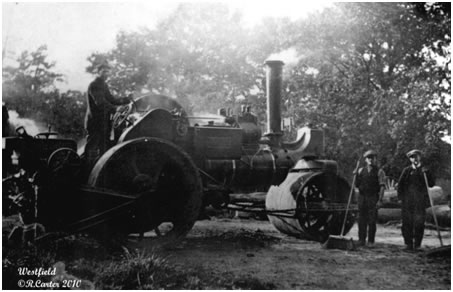 |
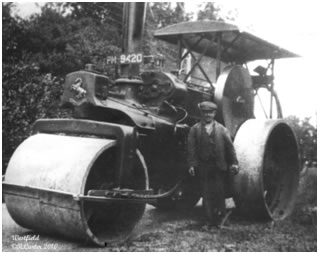 |
Mr. Carter |
|
Bates family operated local Building firm. In the 20th century the yard adjoined Chapel Lane where the three shops stand today. |
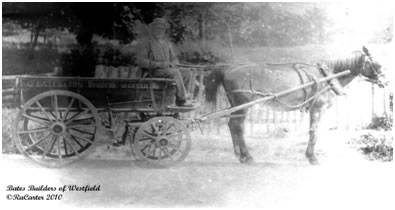 |
|
C1910 Delivery of flour from Mill at Robertsbridge to Eldridge’s Store at the end of NewCut Westfield |
|
|
|
Public TransportThe only alternative to walking direct from the Village prior to 1919 was obtained, if there was sufficient room available, by a ride amongst parcels, goods, etc. which the local Carrier was transporting into Battle, Hastings or Rye – the nearest towns. Baker, Easton and Turner are a few of the names of those who operated as Carriers from this Parish. The turn of the century saw some improvement when Mr. Sutton with horsedrawn cart adapted for passengers, ran a service at 2d per passenger to link at the Harrow Inn with the circular tram operated by the Hastings Tramway Company from 31 July 1905. |
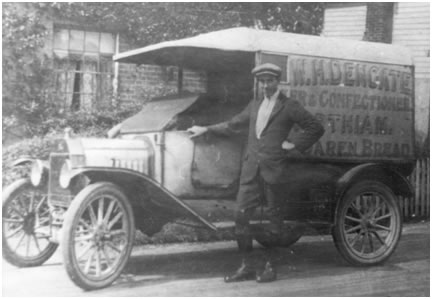 |
 |
|
Dengate Bakers. Many tradespeople would take passengers from one destination to another.
|
|
|
With the coming of the automobile, horsedrawn transportation for village outings was swapped for the “new”charabancs
|
|
|
First charabanc outing from Westfield |
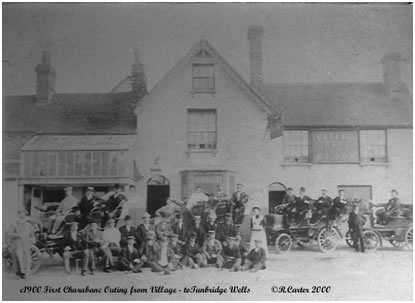 |
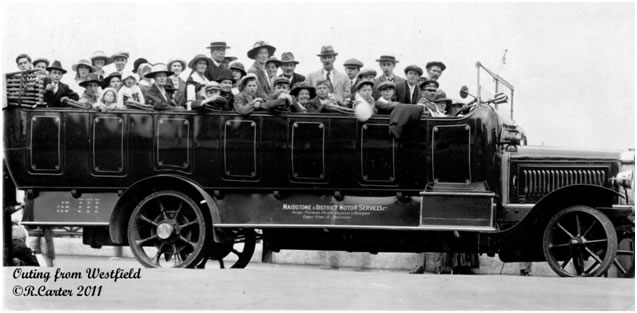 |
|
|
Fourteen years passed before a regular bus service through the Village came into operation after World War I. Dengates of Beckley founded in 1919 were responsible for this and they ran a regular hourly service up until 15 May 1967. From 1923 the situation changed again with the Maidstone & District Bus Company competing for passengers. The hourly service did not alter, however, as the two buses would arrive within ten minutes of each other! |
|
|
|
|
At bus stop outside Westfield School |
Ready for the return journey at Wellington Square Hastings |
Cook's CoachesCOOKS COACHES founded by Mr. J.R. Cook (who previously ran a taxi service from his property and garage based at Cripps Corner near Sedlescombe) became a familiar sight in Westfield when the Company gained the contract for the transportation of children to the "new" Secondary Modern School at Battle (Claverham) when it opened after Easter 1955. One coach ran from Cripps Corner/Sedlescombe and the other came to Westfield.
The business was taken over by Jean and Wilf Thompsett (the daughter and son-in-law of Mr. J.R. Cook) in 1956. The writer well remembers travelling to school on the coaches when in 1958 the Westfield coach also picked up the very first East European children who had come to live at the Pestalozzi Village. December 1959 saw a grand new garage housing four vehicles operating from Church Lane Westfield. Jean and Wilf Thompsett retired in 1983.They are particularly well known for their generous hosting of "Carols Around the Christmas Tree" each December at their bungalow which replaced the Coach garage. |
|
|
Operation of the business was taken over by Brian Gain with a move to new premises at The Moor in 1985 (now Goulds Drive) and finally to Eastlands Farm. |
ARRIVAL OF THE RAILWAYDeliberations for the construction of a railway line to run from Hastings to Ashford continued for some considerable time with plans being submitted from 1843 onwards for various routes. Whilst the railway was under construction the Railwaymen resided in temporary huts which, as work progressed, were lifted onto rolling stock and transported to the next section of line to be laid. The Hastings to Ashford line opened as a dual track, with Halts along the way, on the 13 February 1851 |
|
First named Guestling, the Halt a short time after took the name of Doleham from the farm within close proximity to which it stood. |
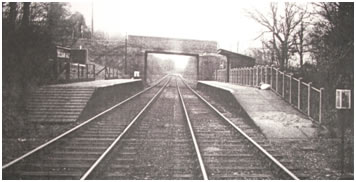 © Image courtesy of "South coast Railways-Hastings to Ashford" Middleton press 01730 813169 |
|
|
One of the early locomotives which ran on the Hastings to Ashford Line. |
|
Map of 1878
|
Nothing apart from the railway existed in this agricultural area before 1891. In the following years a large Brick and Tile Works opened to which a siding of the railway was constructed for the transportation of the bricks
|
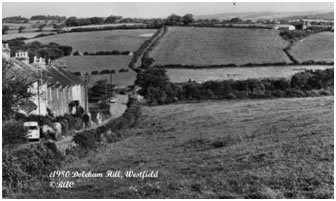 |
By 1901 the cottages on Doleham Hill had been constructed (not as has formerly been suggested to house railway employees) but to provide living accommodation for the workers at the Brickyard. The 1901 Census clearly shows the families of Westcombe, Packham, Bridger, Lewry, Chambers, Santer, Moore and Green occupying nine cottages – all brickmakers. Three more cottages had been added by 1904. The Write r’s grandparents that year commenced married life at No. 12! |
|
The Yard and siding later became used for agricultural purposes to transport livestock to the larger markets at Rye and Ashford. It is now owned by the Saunter family who have operated their haulage company from the site for very many years. In 1979 Doleham with 3 passengers a day was voted the quietest station in East Sussex, beating off competition from Southease and Winchelsea to take the title! British Rail disputed the figure of three people a day. They said it was more: |
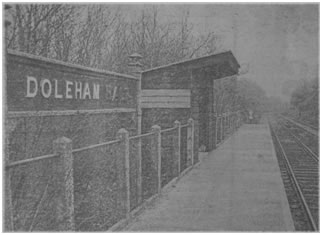 |
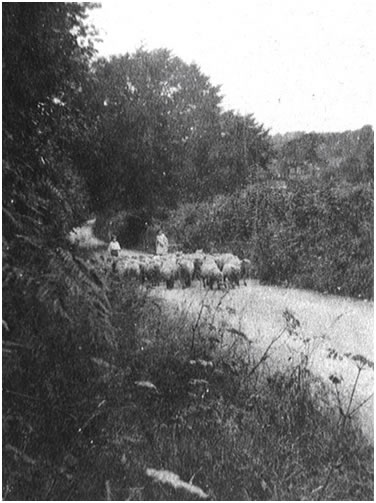
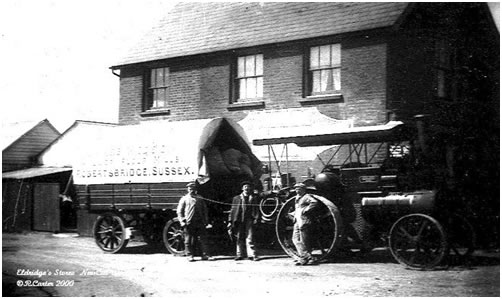
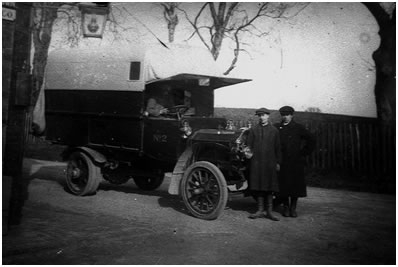 1913 First van delivery to Eldridge’s stores
1913 First van delivery to Eldridge’s stores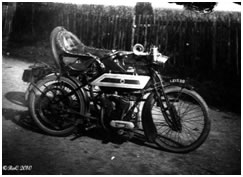 Early motorbicycle owned by Mr. T. Eldridge
Early motorbicycle owned by Mr. T. Eldridge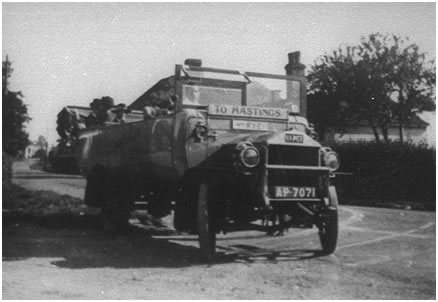 Vehicle used for first Dengate’s Bus Service
Vehicle used for first Dengate’s Bus Service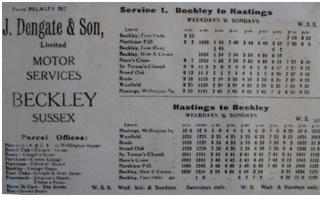 Dengate & Son Motor Services Timetable
Dengate & Son Motor Services Timetable